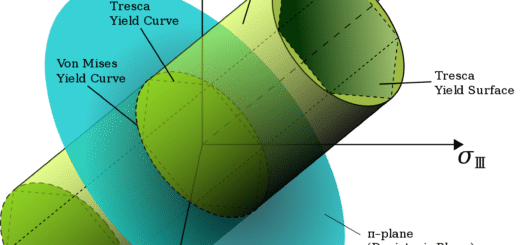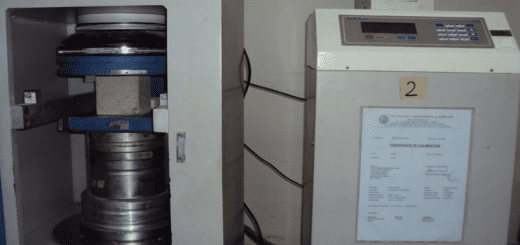Superplasticizers [key factors to be known]
Superplasticizers which are commonly identified as high range water reducers have become of most valuable findings in the construction industry due to its contribution to improving the quality of construction works.
Superplasticizers are specially used to produce high quality concretes high strength and performance concrete.
It increases the plasticity or the viscosity of a material.
It’s commonly used as a water reducer and to improve the workability of the concrete.
As a result of the reduction in the water-cement ration, there is an increment of the strength of the concrete.
Superplasticizers are very sensitive to the additive of the concrete when compared with other types of admixtures used in the past. Compatibility issues may arise mainly with the variation in the characteristics of cement and the dosage of the admixtures and we may have to compromise the benefits of it.
Superplasticizers are organic poly-electrolytes which belong to polymeric dispersants. Some of the superplasticizers are synthetic while others are derived from natural products.
Mainly, superplasticizers are categorized under four types.
- Sulphonated Melamine Formaldehyde Condensate (SMF)
- Sulphonated Naphthalene Formaldehyde Condensate (SN F)
- Modified Lignosulfonates and others such as
- Sulfonic –acid esters and carbohydrate esters
The development of the superplasticizers was started more than three decades back.
The main drawback of using these materials is the slump loss.
Especially in hot environments, the advantage of using the superplasticizer will cancel due above issue. However, the new generation superplasticizer with superior performance has the capability of maintaining consistency.
There are different factors that are affecting the performance of the admixtures.
Mainly, they can be identified as follows.
- Type and dosage of admixture
- Nature of cement and aggregates
- Water – cement ratio
- Environmental conditions
- Addition procedure of admixtures.
In addition, there are issues that create the incompatibility between the cement and the admixtures. The following causes can be identified as major aspects.
- Type and dosage of the admixtures
- Nature of cement
- Nature of the aggregate
- Water- cement ratio
- Environmental conditions
- Addition procedure of admixtures
Following issues could be rise due to the incompatibility problem between the cement and the admixtures
- Rapid Loss of workability
- Segregation
- Acceleration/retardation of setting
- Low rates of strength gain
- Entrainment of air
Further, it is a known fact that the understanding of the interaction between the cement/admixture and admixture/admixture yet to be done.
In addition, studies are required to be done on this subject.
Poor Integration of the admixture/admixture has created critical issues, and it a known fact that some of the admixtures cannot be mixed with and other admixtures as per the manufactures information.
Most of the time, it is motion in their product specification.
Method of creating some of the Interaction issues can be summarized as follows
- Admixtures to admixture have different behaviors and they behave significantly different manner from each other even though they are all considered as superplasticizers of the same chemical family.
- With the low water/cement ratios and high dosages of the admixtures, different is more common in concretes.
- Selection of the proper superplasticizer type and dosage(optimum dosage or range of dosage) could help reduce the issues related to the compatibility
There are different methods available to find the compatible combination of cement and the superplasticizer.
Results obtained from the Marsh Cone Test and Viscometric Study could be used for the evaluation.
Comparison of flow time with mini-slump spread and rheological parameters, the influence of the type of cement on cement- superplasticizer interaction, the effect of temperature on the fluidity of superplasticizer cement paste, the influence of temperate on cement-superplasticizer integration, the influence of cement fineness on paste with Polycarboxylate ether and influence of fineness of cement on cement-superplasticizer interaction could also be considered for the evaluation.
In summary, the following can be identified as the main issues of excessive dosage.
- Overdosage could result in high slump loss. Therefore, the optimum dosage, which could be evaluated as brief above, shall be used.
- In general, with the increase of the dosage of the superplasticizer, the strength of the concrete increases. However, beyond some level (happens at higher dosage) strength of the concrete reduces significantly. The final strength could even be lower than the control mix.
- Excessive addition of the superplasticizer disturb the hydration process because extra addition provide more water to the mix the concrete
- Overdosage results also the acceleration of the deflocculation of cement particles. Moreover, entrapped water increasing with the increase of dosage and it crates hydrated cement.
- Further, excessive dosage causes bleeding and segregation. It affects the cohesiveness and conformity of the concrete. In addition, it reduces the compressive strength of the concrete.
The article concrete admixtures could be referred for more information on admixtures. Further classifications, Wikipedia article could also be referred to get wider knowledge on the subject.



